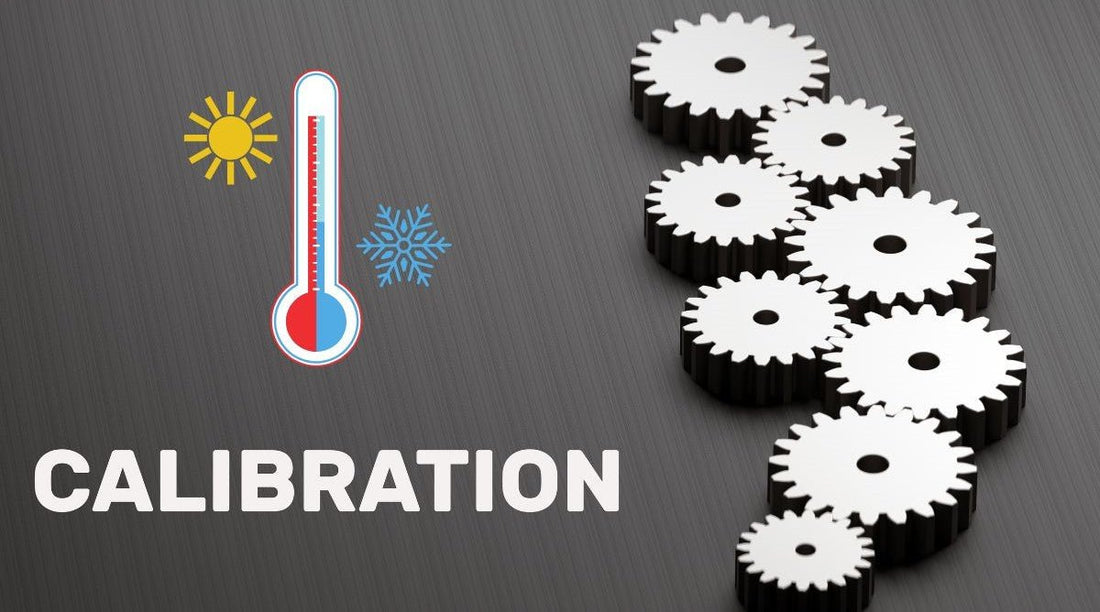
Temperature and humidity calibration
Calibration of temperature and humidity in measuring instruments
Calibration is a procedure to detect the error in the reading of a measuring instrument of any physical quantity to a specified level of confidence (usually 95%). It is a means of traceability in the International System of Units. Below we will look in more detail at the calibration of temperature and humidity in measuring instruments.
Especially for thermometers and hygrometers, it is particularly important for the user to be aware of any deviation (error) from the standard units that the measuring instrument/device in question may have, especially if its use involves critical measurements or if specific criteria/specifications have been set.
Calibration is the means of obtaining this information and therefore there are specialized calibration laboratories that undertake the issue of a calibration certificate for each thermometer or hygrometer, which among other things indicates the deviation of the reading and the corresponding measurement uncertainty.
The user is advised to choose calibration laboratories accredited by the Hellenic Accreditation System ESYD or another internationally recognized body to ensure the quality of the services received. Accredited calibration laboratories follow technical guidelines based on standard and internationally recognized technical guidelines, maintain an integrated quality system based on the ISO 17025 standard, carry out the necessary internal quality controls and are regularly inspected by the ESYD . It is equally important to select calibration laboratories with high measurement capacity in order to achieve the lowest possible measurement uncertainties.

Indicative examples of calibration
The user, depending on the intended use of the temperature and humidity recorder, is asked to select the values of temperatures and relative humidity at which he wants to calibrate his measuring instrument. Thus, for example, for a temperature logger intended for freezing temperature measurement, with normal operation at about -19°C, the user may choose to calibrate the temperature of the instrument at -25°C, -15°C and -5°C. In this way, it will cover almost the entire range of temperatures that develop within its freezer.

Picture: Temperatures developed in a freezing chamber during normal operation (min. -19°C) and during the defrosting process (max 1°C for 1 minute)
Similarly, for a temperature and humidity recorder intended for measurement inside a maintenance chamber, with normal operation at 2°C to 8°C, the user can choose to calibrate temperature at 0°C, 5°C and 10°C, and can choose to calibrate relative humidity at 30%, 60%, 90% RH. In any case, the user must consider the temperature and humidity levels that his instrument is required to measure and request calibration at the points he considers appropriate.

Picture: Temperatures developed in a maintenance chamber (min. 6.22°C)
Calibration certificate with ESYD and ILAC logo
Since the calibration result relates to the current measuring behavior of the instrument, it is recommended that calibration of thermometers and hygrometers be carried out once a year. However, this interval shall be defined exclusively by the user and may be modified based on the criticality of its use.
The standard equipment used for the calibration process by Total Q provides traceability to the national standards of Greece, France and Germany. Total Q's calibration laboratory is accredited by the ESYD according to the requirements of the ELOT EN ISO/IEC 17025:2017 standard.
About the columnist: Eleni Hatzoudi is a Calibration Technician, with many years of experience, of the ESYD-certified company Total Q Calibration Laboratories S.A.